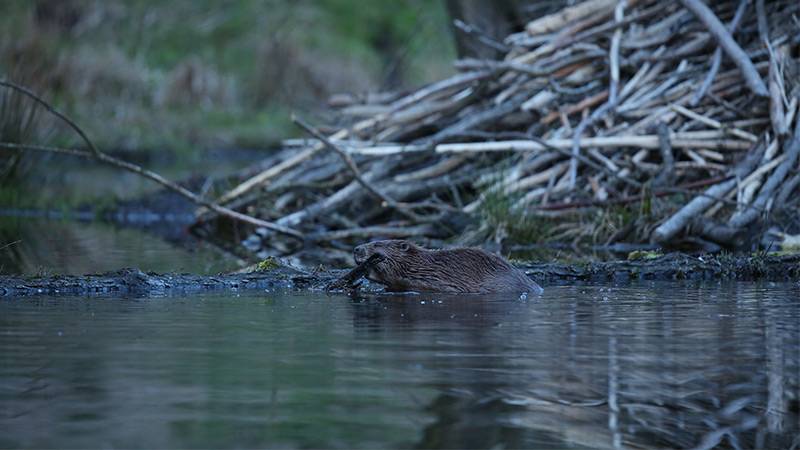The state of California, once notorious for its persecution of beavers, is now recognizing these animals as ecological saviors. Long viewed as pests and hunted for their pelts, beavers are now valued for their role in creating wetlands that store water, filter pollutants, provide habitats for endangered species, and even mitigate wildfires. California has recently dedicated millions towards the restoration of the beaver population, acknowledging their environmental benefits.
Despite this newfound appreciation, knowledge about beaver populations remains limited. Scientists lack comprehensive data on their numbers, population trends, and the specific locations that would benefit most from beaver activity. This gap in knowledge is partly due to the remote and inaccessible nature of many beaver habitats.
However, a collaboration between beaver scientists and Google engineers is offering a groundbreaking solution. They have developed an algorithm capable of identifying beaver-related structures, like dams and ponds, in satellite images. This tool promises to vastly improve our understanding of beaver populations and their ecological impact.
Eddie Corwin, formerly of Google’s real-estate sustainability group, spearheaded this project. Inspired by the book “Water: A Natural History,” Corwin, along with sustainability consultant Dan Ackerstein, began exploring how Google’s technology could aid in beaver conservation. They envisioned using machine learning to detect beaver dams and ponds on a large scale, using satellite imagery.
Long persecuted for their pelts and reviled as pests, the dam-building rodents are today hailed by scientists as ecological saviors. Their ponds and wetlands store water in the face of drought, filter out pollutants, furnish habitat for endangered species, and fight wildfires.
The project’s success hinged on the creation of a convolutional neural network, named EEAGER (Earth Engine Automated Geospatial Elements Recognition). This algorithm was trained using thousands of coordinates of confirmed beaver dams, ponds, and canals, as well as high-resolution images. The team also provided it with images lacking beaver structures to refine its accuracy.
Despite initial challenges, such as distinguishing beaver ponds from human-made structures, EEAGER proved highly effective. According to Wired, it achieved a 98.5% accuracy rate in identifying landscapes with or without beaver dams in a study covering seven western states.
EEAGER’s potential applications are vast. It can estimate beaver populations, monitor trends, and assist in ecosystem management, including fire prevention and water storage. It’s particularly valuable for states like California, where beavers can play a critical role in mitigating ecological challenges like droughts and wildfires.
California, which once denied the native status of beavers, has seen a shift in perception. Recent historical research and advocacy efforts have led to policy changes, emphasizing coexistence with beavers rather than eradication. The state has allocated funds for beaver restoration and prioritized their conservation.
The upcoming deployment of EEAGER in California represents a significant milestone. This comprehensive survey of beaver habitats will provide invaluable data for wildlife management and conservation efforts. The success of this project may also lead to the adaptation of EEAGER for use in other regions and environments, further expanding its impact on wildlife conservation and ecosystem management.
More inspiring green news similar to this:


